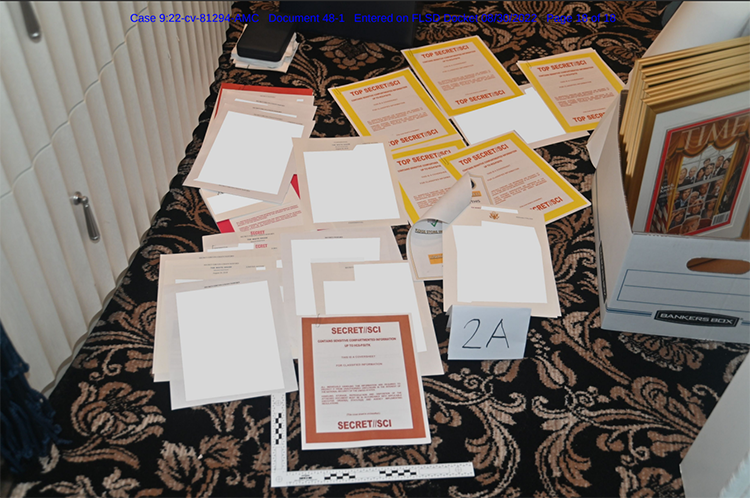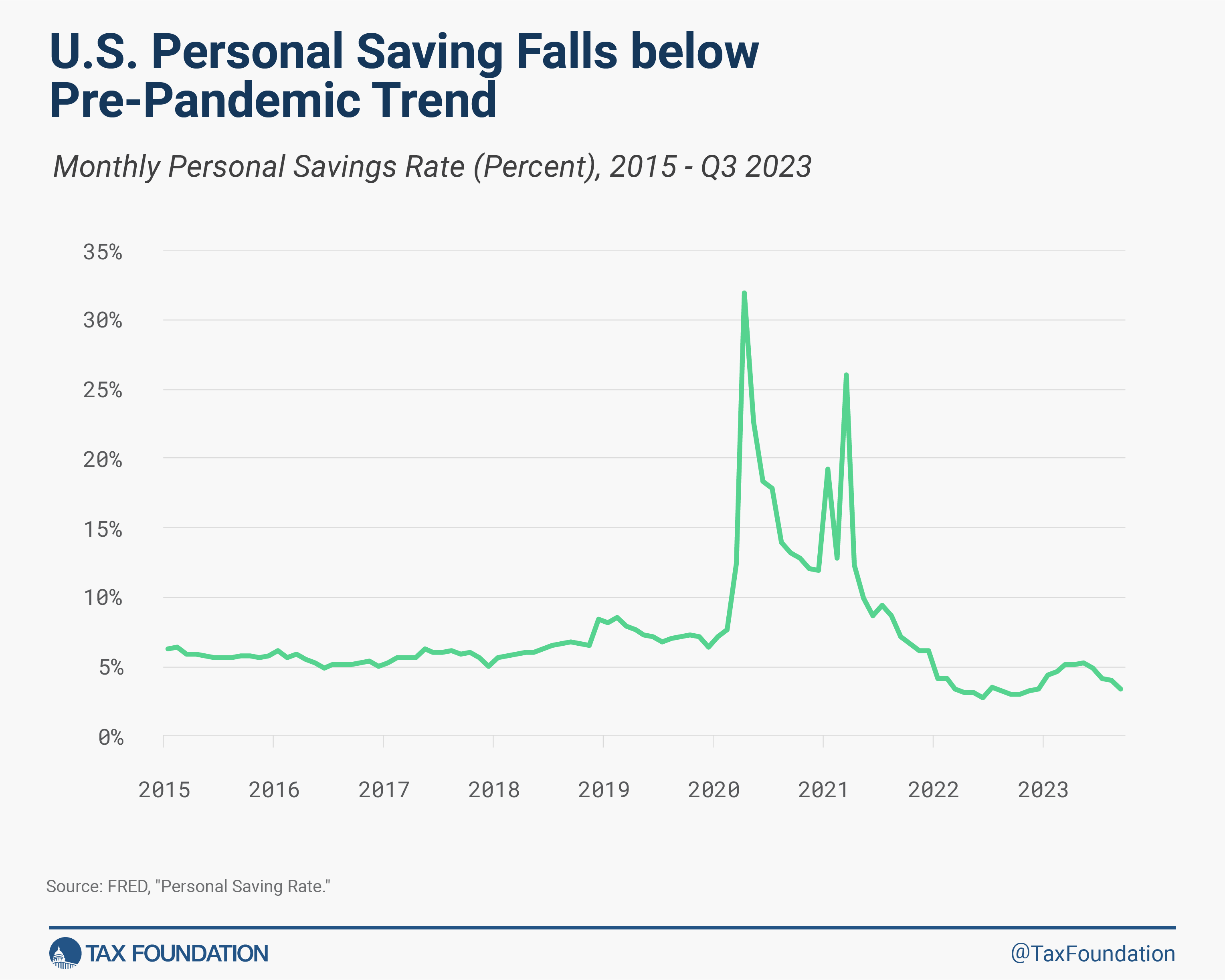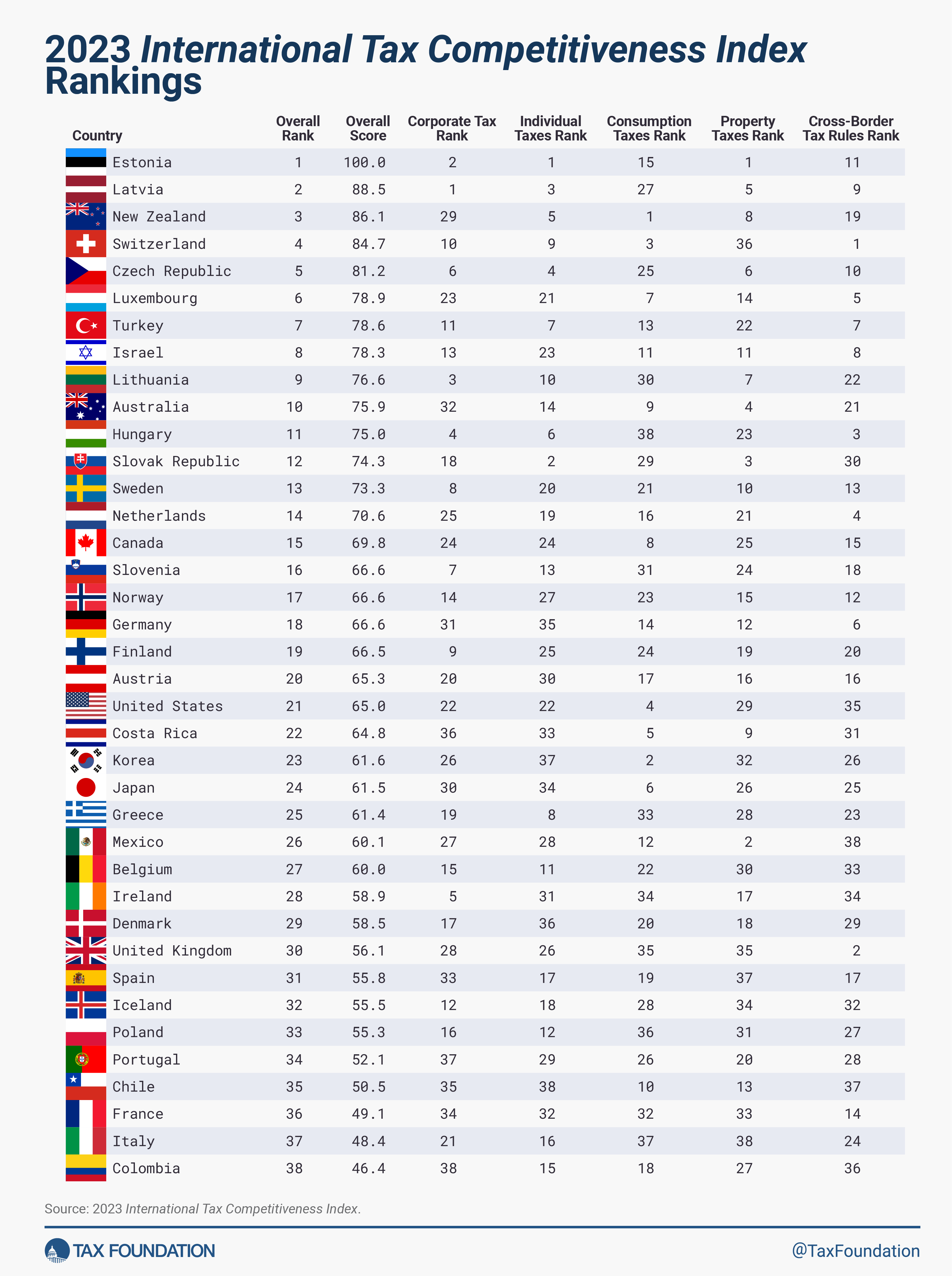The Educator Expense Deduction: It May Be Time To Trade This Token Benefit
Students are back in school, in classrooms organized and outfitted for learning – thanks largely to teachers. Every year K-12 teachers spend an average of $750 of their own money on classroom supplies, supplementing whatever their schools and parents provide. Since 2002, teachers have been able to claim a modest educator expense deduction on their federal income tax returns.
But is this tax benefit worth keeping?
If the goal of the deduction is to encourage educators to buy classroom supplies, the answer is no. The tax savings are small, and many teachers would buy supplies anyway.
But is that the real intent of supporters? When Sen. Susan Collins (R-ME) first proposed the idea in the Job Creation and Worker Assistance Act of 2002, she described it as “a small token of appreciation for teachers who make financial sacrifices to benefit their students.”
So the answer is… Still no. Given the growing national teacher shortage and increasingly tough working conditions, policymakers need to trade in that token for something better. It’s too small, it’s inefficient, and teachers deserve more.
Here’s a short history of the Educator Expense Deduction.
The tax benefit was first established as a temporary deduction for 2002 and 2003 only. It cost the federal government $409 million over those two years.
Educators could claim up to $250 ($500 if two teachers in a household file jointly) for unreimbursed out-of-pocket supply costs for expenses such as books, computer equipment, and other supplemental classroom materials. Importantly, this above-the-line deduction is available even for non-itemizers who take the standard deduction.
Congress extended the deduction six times until the Protecting Americans from Tax Hikes (PATH) Act of 2015 made it permanent, indexed the deduction for inflation, and expanded it to include professional development costs. This year, given inflation, the IRS increased the deduction to $300 ($600 for two educators filing jointly).
How many educators claim the deduction? A lot, because why not?
There’s good reason to believe a substantial share of educators take advantage of the deduction, though we don’t know for sure how many.
The National Center for Education Statistics estimates that 3.7 million teachers worked in public and private schools in the 2019-20 school year. And the IRS estimates that in 2019, more than 3.6 million returns claimed about $938 million in educator deductions.
But keep in mind: About one-fifth of those returns may include couples in which both teach. Census data suggest that the most common marriages in America are between two grade-school teachers. And about 20 percent of people who work in education are married to others in the same field.
There is little doubt that teachers are aware of the educator expense deduction and most seem to claim it. My school district’s union chapter president says the National Education Association regularly tells members about federal benefits available to educators.
“Every teacher I know takes advantage of it,” he says. He adds that one of the first questions tax professionals ask clients is, “Are you an educator?” It’s a prompt in tax prep software, too.
But is the deduction doing enough for educators?
Not every teacher knows about the benefit, and even those who claim it might not notice it. One of my daughter’s former teachers didn’t know the IRS just increased the deduction by $50, or even whether she had been claiming it. “We take the standard deduction, so I’m not sure… When I took care of my own taxes, I did know about it and used it.”
Says another teacher, “It’s such a little number. But I suppose I should be grateful?” But our district’s union chapter president described $300 as “laughable.” He said his members might spend $500 or more a year on supplies.
“Throughout the year, they’ll shop for their own items, like anybody else,” he explained. “But if they suddenly see something that would be good for their classroom, they’ll put it in their cart. They’re not studying their receipts to separate classroom items from their personal items.”
While above-the-line deductions are subject to neither rigorous documentation nor IRS audits, year-round impulse shopping suggests a great deal of out-of-pocket spending may be uncounted.
And, as with all tax deductions tied to a taxpayer’s marginal tax rate, this one is regressive, or worth more to higher-income households. The median high school teacher salary in the US was $62,870 in 2020. The deduction would reduce tax liability by $66 for filers in the 22 percent tax bracket but by $111 for filers in the 37 percent bracket.
So, should the deduction be bigger, or more targeted?
In the Indiana Law Journal, Mary Morris, now an attorney with the law firm Ice Miller LLP, suggests increasing the deduction to $500 for all educators, with an additional $500 for teachers in schools that receive Title I funding.
Democratic senators Chris Murphy of Connecticut and Sherrod Brown of Ohio have introduced the Educators Expense Deduction Modernization Act of 2022 which would increase the deduction to $1,000 and index it to inflation. That translates to $220 in annual tax savings for a single median-salaried teacher.
Maybe, but the country can do far better… if it wants to.
Policymakers could think bigger than even $220 in average annual tax savings. Why not solve a much bigger problem, and use the deduction’s $1 billion in annual revenue loss more effectively?
Teachers are burning out, and the country’s teacher shortage is getting worse. Teachers are leaving the profession, and fewer students are pursuing careers in education. Educators bear the brunt of budget battles, family grievances, and political attacks from all sides. Today’s environment for educators far too grim for tax policy to address alone. They should not have to settle for a small tax deduction.
For example, the Biden Administration is asking states to use hundreds of billions of dollars in school-related American Rescue Plan funds to increase teacher pay. It’s also committing $100 million in apprenticeship grants to the education sector. Perhaps states, now flush with federal aid and surging tax revenues, could consider not only tax cuts but additional investment in teacher retention and recruitment. It would be a start—and more helpful than a few hundred dollars in annual federal tax savings.
Families are thankful that their students are back in school. Teachers are worth far more than a token of appreciation.
Your monthly Tax Hound helps make sense of tax policy for those outside the tax world by connecting tax issues to everyday concerns. Have a question or an idea? Send Renu an email.






